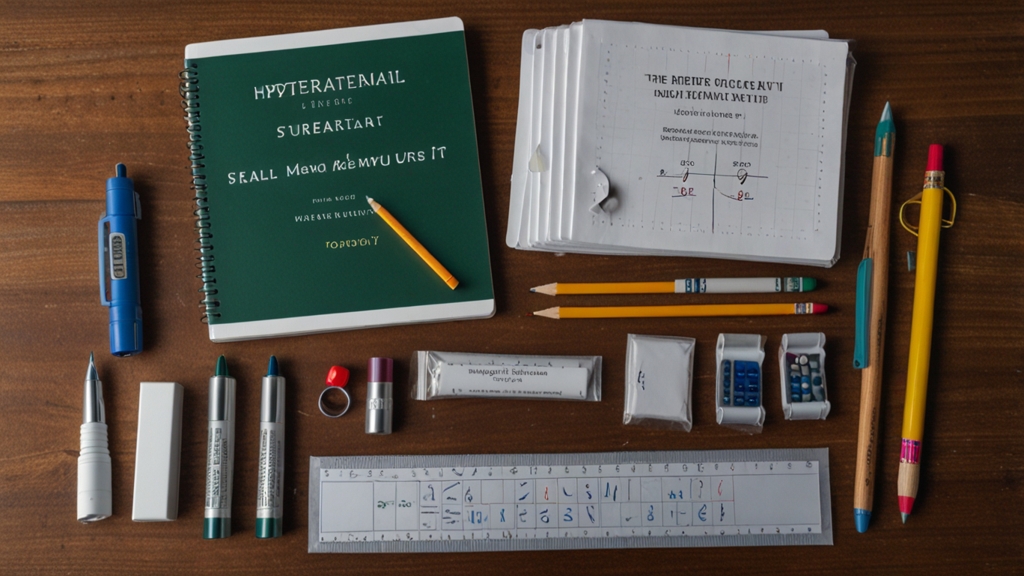Why Math is the Ultimate Problem-Solving Tool
Mathematics is often heralded as the language of the universe, transcending cultural and linguistic barriers to provide a universal framework for understanding the world around us. At its core, math is a tool for solving problems—a tool that has been honed over millennia to become the ultimate problem-solving resource. From everyday issues to groundbreaking scientific discoveries, math plays an indispensable role in making sense of complexities.
Mathematics and Logical Reasoning
One of the essential benefits of mathematics is that it fosters logical reasoning. Logical reasoning is the foundation of problem-solving, and math teaches individuals to follow a structured approach to arrive at a solution. When you solve a mathematical problem, you're not just working through numbers; you're developing a line of logical thinking that can be applied to virtually any situation.
"The essence of mathematics is not to make simple things complicated, but to make complicated things simple." - S. Gudder
Consider troubleshooting a computer error. Breaking down symptoms and isolating variables to identify the root cause closely mirrors the process of solving a mathematical equation. In both cases, you start with what you know, define the problem, apply a sequence of logical steps, and arrive at a solution. This logical approach is versatile and can be applied to various scenarios, from scientific research to business strategy.
Problem Solving Across Fields
Math is not just an academic subject confined to classrooms and textbooks. Its techniques and principles underpin numerous fields—engineering, economics, medicine, and even art. The versatility of math in solving problems across these diverse areas demonstrates its value as an ultimate problem-solving tool.
In engineering, for example, math is crucial for designing structures, systems, and products. Complex calculations determine everything from material stress tolerances to the aerodynamics of a bridge. In economics, mathematical models and statistical analyses are indispensable for forecasting market trends, assessing risk, and making informed decisions.
"Without mathematics, there's nothing you can do. Everything around you is mathematics. Everything around you is numbers." — Shakuntala Devi
In medicine, mathematical algorithms are employed to decode genetic information, model the spread of diseases, and optimize diagnostic imaging techniques. Artists, too, use mathematical concepts to create symmetry, perspective, and proportion in their work, proving that math transcends both technical and creative realms.
Math Promotes Precision and Clarity
In any problem-solving scenario, precision and clarity are crucial. Mathematics, by its nature, requires precision; even the smallest error can lead to a completely different outcome. This necessity for accuracy trains our minds to pay close attention to detail, an invaluable skill in problem-solving.
Furthermore, mathematical proofs and solutions demand clarity. A solution to a problem is not valid if it cannot be clearly communicated and understood. This discipline of articulating complex ideas in a clear, concise, and logical manner is another reason why math is an unmatched problem-solving tool. Clear communication is crucial not just in academic pursuits but also in professional environments where the ability to convey complex information succinctly can be the difference between success and failure.
Conclusion
In conclusion, mathematics stands out as the ultimate problem-solving tool because of its emphasis on logical reasoning, its wide applicability across various fields, and its promotion of precision and clarity. It provides a structured, universal framework that equips us with the necessary skills to dissect complicated issues, devise solutions, and articulate them effectively. Whether in everyday life or specialized fields, the power of mathematics remains unparalleled, proving that indeed, everything around us is intertwined with numbers and logical patterns.












